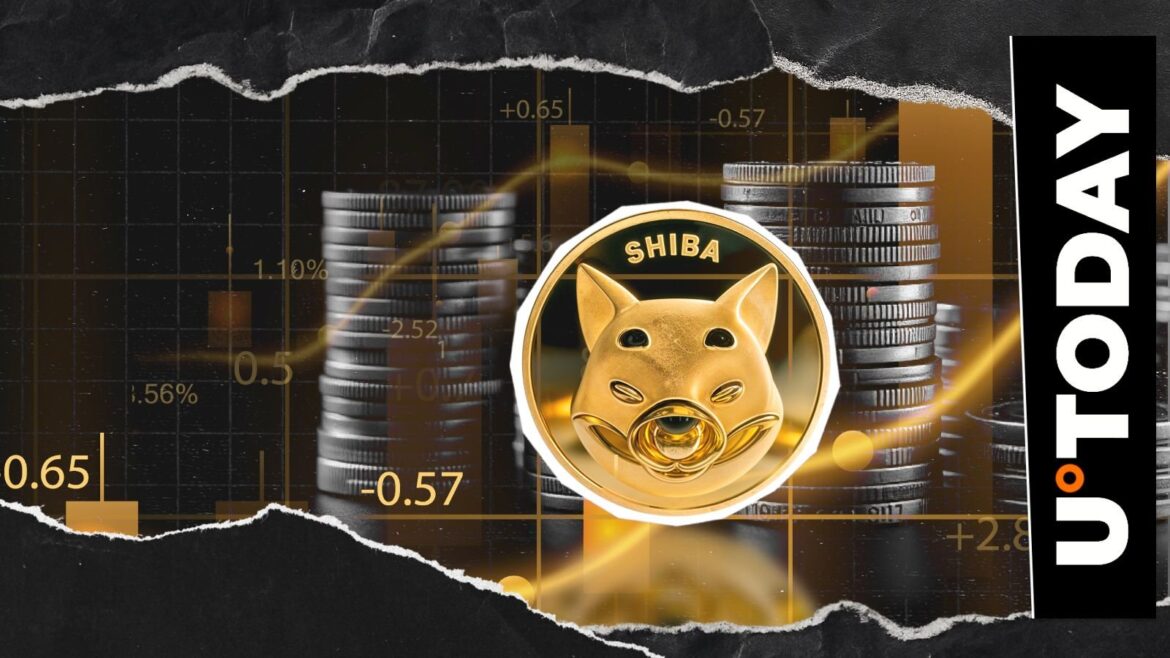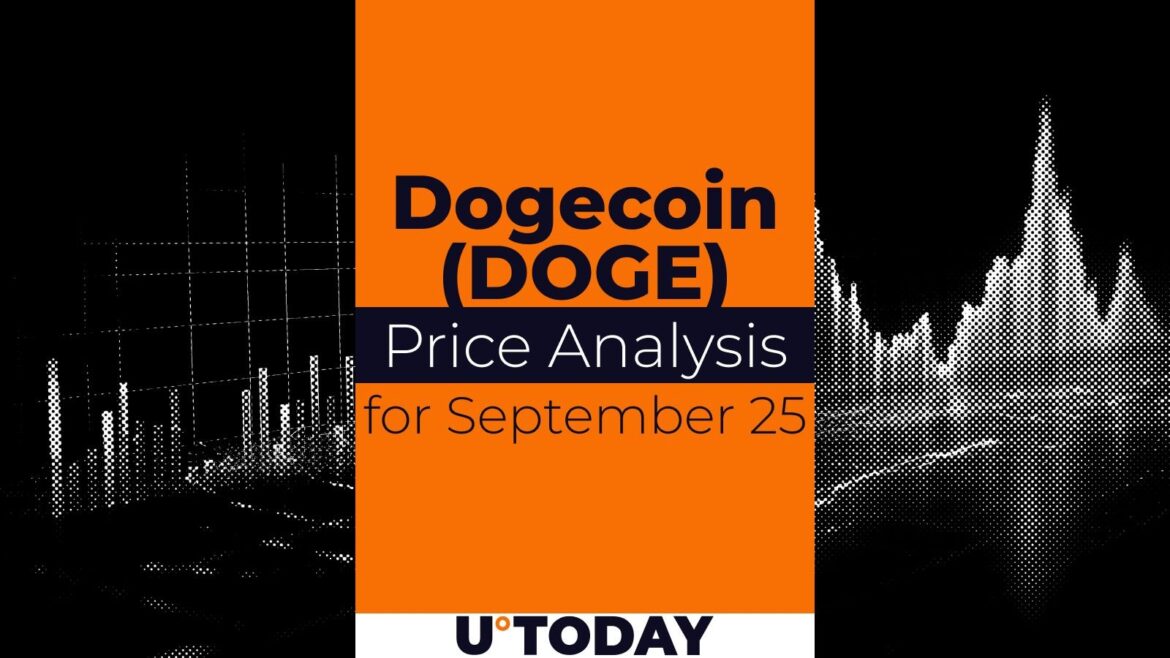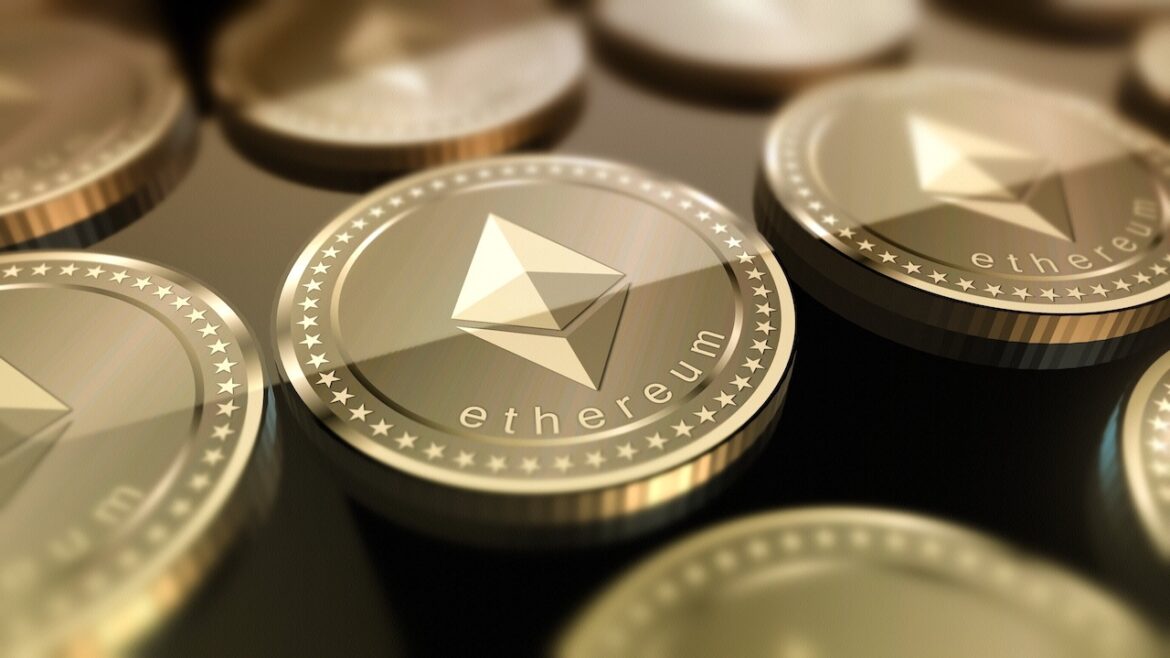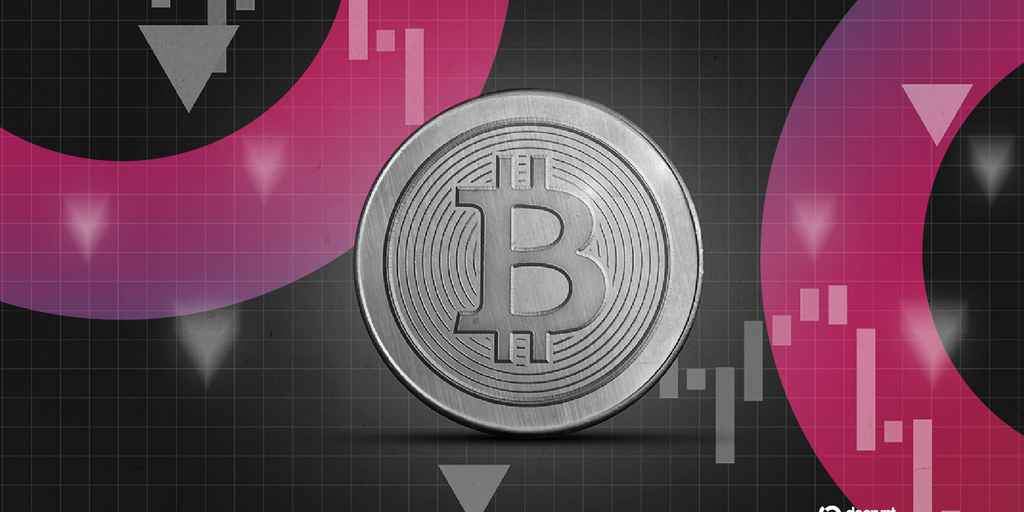Crypto trading firm Keyrock says onchain asset management is having a breakout year.
In a new report, the firm estimated that assets under management (AUM) have surged 118% in 2025 to $35 billion, driven by growth across automated yield vaults, discretionary strategies, structured products and credit.
Keyrock predicts that the sector could nearly double again by 2026, reaching $64 billion under a base case scenario, or as much as $85 billion if this year’s growth momentum continues.
Discretionary strategies were the standout in 2025, up 738% year-to-date, as onchain investing evolves into a credible alternative to traditional finance, the report said.
Keyrock’s report highlighted that three protocols, Morpho, Pendle and Maple, now control 31% of the industry’s AUM, underscoring both scaling leadership and protocol concentration risk.
Yield vaults remain the main entry point for allocators, commanding $18 billion in deposits.
While smaller wallets dominate in number, whales and dolphins provide the overwhelming majority of liquidity, the report noted, contributing 70%–99% of capital across strategies.
Performance has matured, with net returns competitive with traditional markets but no longer uniformly higher, the firm said. Automated yield vaults outperformed their TradFi peers by roughly 186 basis points after fees, while structured products and onchain credit lagged slightly once costs were factored in.
Discretionary strategies delivered hedge fund-like results with the added benefits of liquidity and transparency, the report added.
The Brussels-based firm recently expanded into asset and wealth management with the acquisition of Turing Capital, a Luxembourg-registered fund manager.
Read more: Crypto Trading Firm Keyrock Buys Luxembourg’s Turing Capital in Asset Management Push










